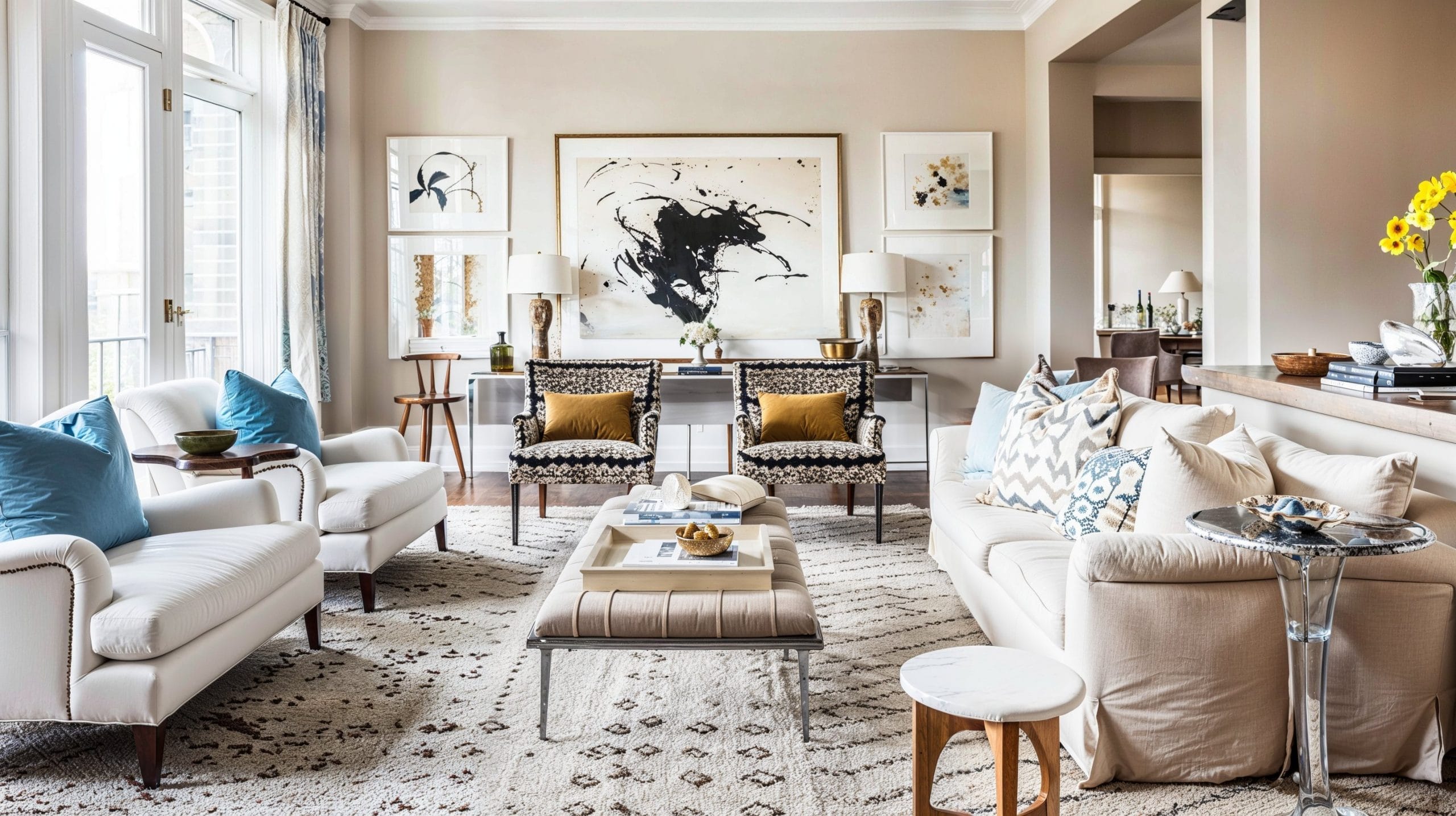Upgrade your space with miami luxury interior design that blends elegance and innovation.
Upgrade your space with miami luxury interior design that blends elegance and innovation.
Blog Article
Transform Your Home With Vital Concepts of Inside Layout and Looks
By recognizing the effect of color concept and the relevance of structure and patterns, one can create rooms that are not just visually appealing but additionally deeply individual. Achieving this equilibrium entails more than plain design; it includes a tactical setup and a keen understanding of just how each component interacts within an area.
Recognizing Color Concept
Color theory is a basic aspect of interior decoration that considerably affects mood, understanding, and overall visual. Comprehending the principles of color theory enables designers to produce areas that reverberate psychologically with occupants while meeting useful needs (miami luxury interior design). Shades can be classified into 3 primary kinds: main, secondary, and tertiary. Each category plays a critical duty in establishing harmony within a space.
The emotional influence of shades is profound; warm tones such as reds and oranges stimulate energy and warmth, while awesome tones like blues and eco-friendlies advertise peace and peace. The usage of complementary colors boosts aesthetic interest, developing striking contrasts that can boost an area's charm.
Neutral colors, on the other hand, act as a functional background, enabling various other layout elements to beam. It is vital to take into consideration factors such as lights and the room's objective when choosing a shade palette, as these can modify the understanding of colors throughout the day.
Inevitably, a well-considered color design can transform a space, fostering a sense of comfort and style that lines up with the citizens' preferences. Mastery of color theory is, for that reason, an essential skill for any kind of interior developer aiming to produce unified and inviting settings.
Attaining Equilibrium in Layout
Exactly how can designers achieve a feeling of stability in their spaces? Achieving equilibrium in layout is essential to creating unified interiors.
Asymmetrical balance, on the various other hand, counts on varying aspects that still achieve a natural look. This method enables for more vibrant and informal arrangements, offering passion while maintaining equilibrium. By meticulously picking differing sizes, colors, and appearances, developers can create a visually compelling area that feels balanced yet energised.
Radial balance highlights a main centerpiece with elements emitting exterior. This design is generally seen in round designs, where furniture and decoration develop a natural surround that draws the eye inward.
Ultimately, attaining balance requires thoughtful factor to consider of scale, percentage, and the partnerships in between elements. Architecture Firm. By masterfully using these equilibrium concepts, designers can transform spaces right into environments that really feel both cosmetically pleasing and functionally harmonious, boosting the overall experience for occupants
Relevance of Spatial Recognition

An eager feeling of spatial recognition enables designers to determine centerpieces within a room, leading the visitor's interest to crucial features while preserving a total sense of unity. It likewise helps in the additional info critical placement of lights, which can significantly influence the perception of area and mood. Recognizing spatial relationships makes it possible for the designer to cater to the specific demands of citizens, ensuring you can check here that each location offers its intended purpose without endangering aesthetics.
Ultimately, spatial awareness is important for optimizing the possibility of any type of indoor room. By meticulously considering the interaction in between dimensions, format, and function, designers can develop settings that not just satisfy practical demands yet also evoke a feeling of convenience and elegance, improving the general living experience.
Including Texture and Patterns
Embracing a diverse range of textures and patterns can significantly enhance the aesthetic and responsive appeal of an indoor area. The tactical use various materials-- such as timber, steel, fabric, and stone-- develops deepness and interest, making an area really feel extra inviting and vibrant. Incorporating smooth surfaces with harsh textures can develop an equilibrium that draws the eye and involves the senses.
When including patterns, consider both range and repeating. Huge patterns can function as centerpieces, while smaller sized, refined styles can complement other aspects without overwhelming the space. Layering patterns, such as pairing floral cushions with striped tosses, adds intricacy and a feeling of harmony if implemented thoughtfully.
It is likewise crucial to keep this content a cohesive color combination, ensuring that textures and patterns collaborate instead of contend for attention. By selecting a few key structures and patterns, you can create a merged visual that shows your individual design while improving the general ambiance of the room. Ultimately, the mindful unification of these components can transform an ordinary area into a sophisticated atmosphere abundant with character and warmth.
Individualizing Your Space
Creating a space that reflects your character is essential to attaining a really welcoming atmosphere. Customization in interior style permits you to instill your one-of-a-kind style and interests right into your home, changing it from a plain sanctuary right into a shelter that talks to that you are. Begin by choosing a color combination that resonates with your feelings-- vibrant shades can stimulate, while soft tones offer peace.
Incorporate art work and decoration that mirror your enthusiasms, whether it be travel, nature, or abstract principles. Presenting personal collections, such as books, photos, or keepsakes, can evoke valued memories and create centerpieces within a space. Additionally, consider tailoring useful pieces, like upholstered furniture, to straighten with your aesthetic choices.

Verdict
Finally, the improvement of a home via the vital concepts of indoor layout and aesthetics requires a thorough understanding of color theory, balance, spatial understanding, appearance, and customization. Each element contributes substantially to developing an unified and functional living environment - miami interior design. By thoughtfully integrating these principles, individuals can enhance the visual charm and psychological vibration of their rooms, inevitably cultivating a home that mirrors unique identities while providing comfort and practicality
Report this page